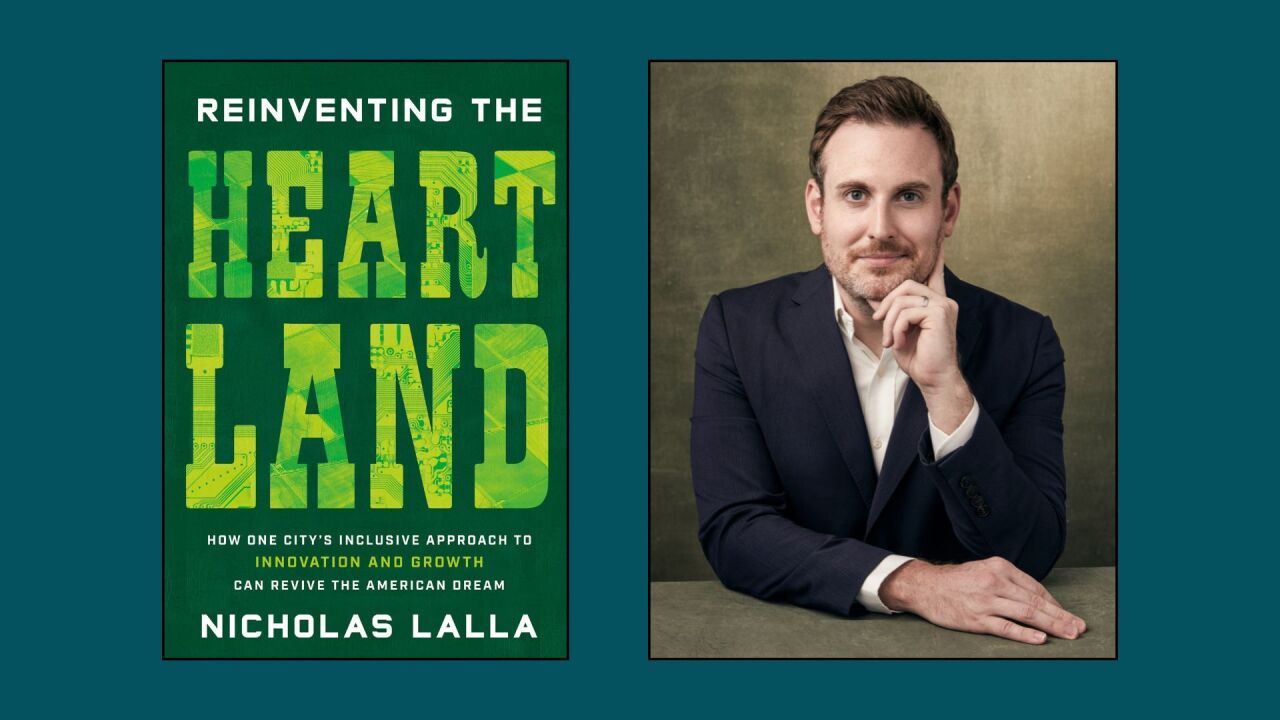One of the
ESG — regularly
The development coincides with dwindling access to loans for green businesses that aren't new enough to appeal to venture capitalists, or big enough to lure infrastructure investors. That's opened the door to private credit managers willing to build funds on loans to that middle segment.
Money managers seeing an opportunity include Lombard Odier Investment Managers. The Swiss firm has zeroed in on smaller green loans to mid-size firms, in order to then package them into portfolios for institutional investors. Lombard Odier's flagship Sustainable Private Credit Fund, launched in July 2022 with an anchor commitment from the U.K. Environment Agency Pension Fund, is targeting up to $500 million in managed assets with a net annual return of about 12%.
READ MORE:
"We prefer to step back from some of the more acrimonious debates and serve markets where value is being created," Rhys Marsh, a portfolio manager at Lombard Odier, said in an interview. "The scale of the opportunity set ahead of us is enormous."
The
Private credit funds address a market that's "fragmented, distributed, and currently inefficiently financed," said Peter Pulkkinen, who oversees Lombard Odier's Sustainable Private Credit Fund with Marsh. "There's a tremendous amount of capital that's looking to write $100 million-plus checks, but what we like to do is help industrialize those initial cohort pools of scale."
Barclays is among financial firms noting that there's currently a "missing middle" of green businesses struggling to get financing. Daniel Hanna, the bank's global head of sustainable finance, said in April there's now a need for "more focus" on such mid-size deals, as Barclays' newly assembled transition finance team looks for growth opportunities.
READ MORE:
The shift in focus comes as key planks of the green economy struggle to compete at a time of high interest rates and rising bank capital requirements. The risk is that the industries most needed to bring about the transition to clean energy are deprived of the capital they rely on to stay afloat, according to Chuka Umunna, JPMorgan Chase's head of ESG and green economy investment banking for Europe, the Middle East and Africa.
"Helping innovative companies clear the commercial valley of death will require us to think differently about capital," he said during a panel at the Bloomberg Sustainable Finance Forum in London in June.
When it comes to climate solutions, "providers really require these smaller financial commitments to begin that delivery," Marsh said.
Real-world examples include solar developer Aspen Power Partners, he says, which raised hundreds of millions of dollars in debt and equity from JPMorgan, MUFG and Carlyle after an initial $25 million investment from Lombard Odier.
READ MORE:
A recent analysis by MSCI found that private capital funds have consistently made more money on their renewables investments than on holdings of oil and gas. Funds that exited renewables holdings in 2023 made 1.6 times their initial investment, compared with 1.2 times for oil and gas, marking an eighth consecutive year of outperformance, according to MSCI, which looked at private equity, private debt and real estate.

Wall Street's answer to the green financing gap has been to apply some of the industry's more complex structures to enable ESG deals. These include ESG-labeled synthetic risk transfers, which are used by banks to free up capital and by investors to generate market-beating returns. Such deals grew to 11% from 6% of the market last year, according to the International Association of Credit Portfolio Managers.
Pulkkinen says Lombard Odier's private credit portfolio is positioned to capitalize on the roughly 235,000 family-owned and owner-operated businesses in the U.S. seeking to raise capital in the non-sponsored segment of the $1.5 trillion private credit market.
"It's about velocity, turning these assets, getting them a lower cost of capital, and helping them scale," Pulkkinen said.
READ MORE:






